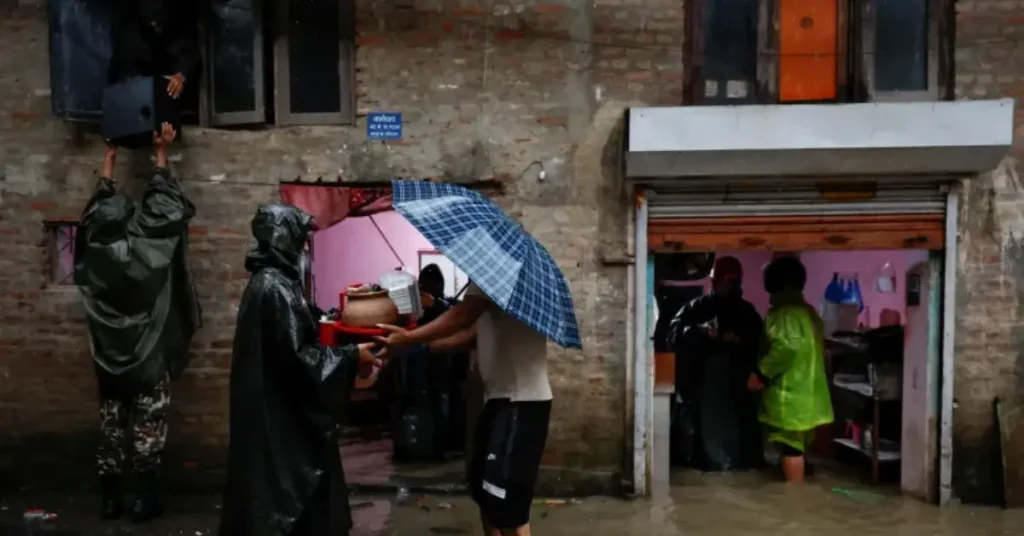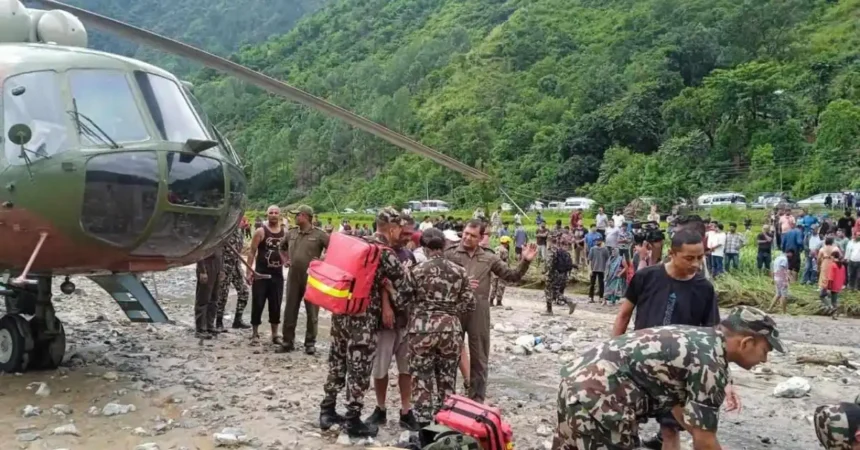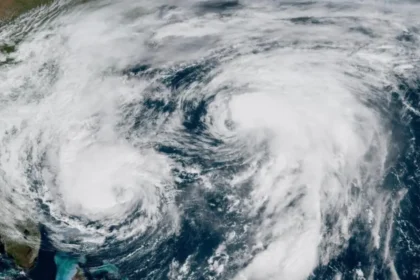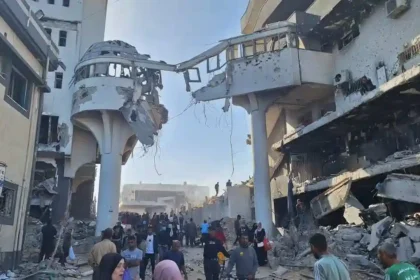The October Monsoon Floods and Landslides have severely impacted Nepal and parts of India, but timely warnings and early action by Nepal’s interim government helped contain the disaster’s human toll.
Heavy October monsoon rains triggered deadly floods and landslides across Nepal and India’s eastern Himalayan region. Dozens have died and many families have been displaced but Nepal’s interim government earned praise for its swift response.
The floods began on October 3 when intense monsoon winds from the Bay of Bengal brought heavy rainfall through northern India into Nepal. Some regions including Ilam recorded over 300mm of rain in two days causing rivers to overflow and slopes to collapse. Experts said the extreme downpours were fuelled by localised monsoon activity and climate change.
Nepal’s Terai plains faced severe flooding while hilly areas suffered fatal landslides. Poorly planned road projects and encroachment on natural waterways worsened the damage.

Interim Prime Minister Sushila Karki’s government acted early by issuing flood warnings closing major roads deploying rescue teams and declaring a two-day national holiday. Experts said these steps prevented larger losses compared to last year’s disaster.
In India West Bengal’s Darjeeling region was also hit with 28 deaths and over 100 homes destroyed. Authorities warn that more rain could follow.















